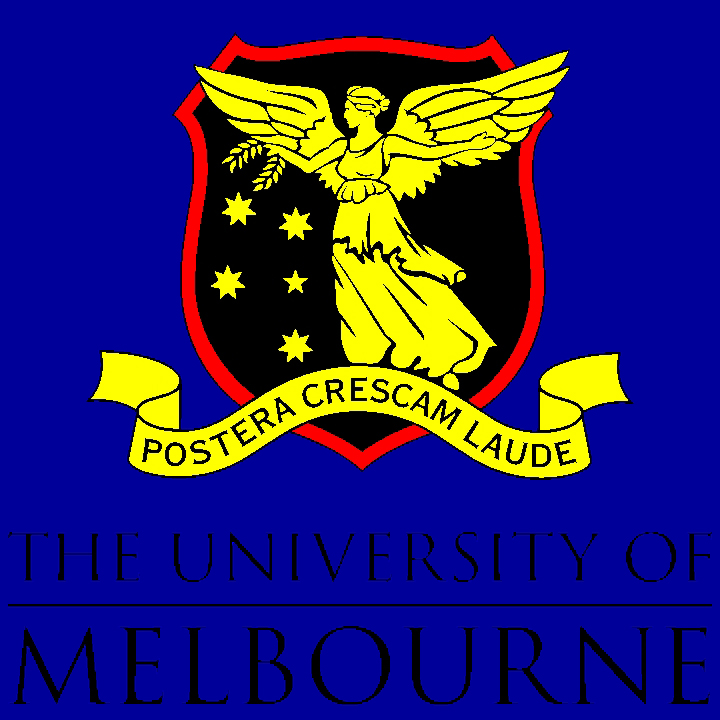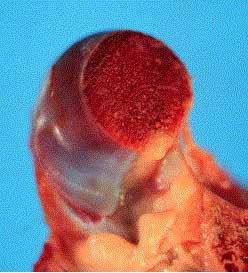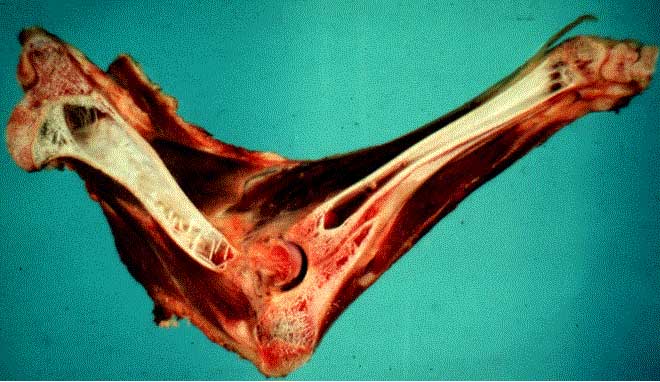 Veterinary Pathology - Nutritional Pathology
Veterinary Pathology - Nutritional Pathology
Introduction
Atrophy of Bone:
There are several mechanisms that lead to the loss of bone substance (Atrophy). These mechanisms are:
-
Osteomalacia - decreased mineralisation of bone matrix in adults
-
Osteoporosis - decreased amount of normal bone matrix. It is also called osteopenia.
-
Rickets - decreased formation of mineralised osteoid from the growth plate of young animals
-
Fibrous osteodystrophy - osteoporosis / malacia plus intratrabecular fibrosis, also commonly associated with nutritional disease particularly low Ca/P ratios.
Osteopenia:
This condition usually results when there is a deficiency of calcium relative to to phosphorous. In this case the body is able to form normal osteoid but in order to maintain calcium homeostasis in the blood the body resorbs mineral from the bone.
In this case there is increased osteoclastic activity removing calcified bone compared to osteoblastic activity. Thus there is an overall decreased amount of osteoid.
Osteopenia refers to a reduction in the amount of bone
present, without indicating the quality or mineralisation (calcification)
of the remaining bone. Common causes of osteopenia in ruminants are a
lack of calcium, an imbalance of calcium and phosphorous in the diet and
toxins such as oxalates which bind calcium and make it unavailable for
use to the animal.
Grossly it is difficult to tell whether the mineralisation of the remaining
bone is normal. Therefore the term osteopenia is used until histology
determines that the bone is of normal quality (osteoporosis) or otherwise.

